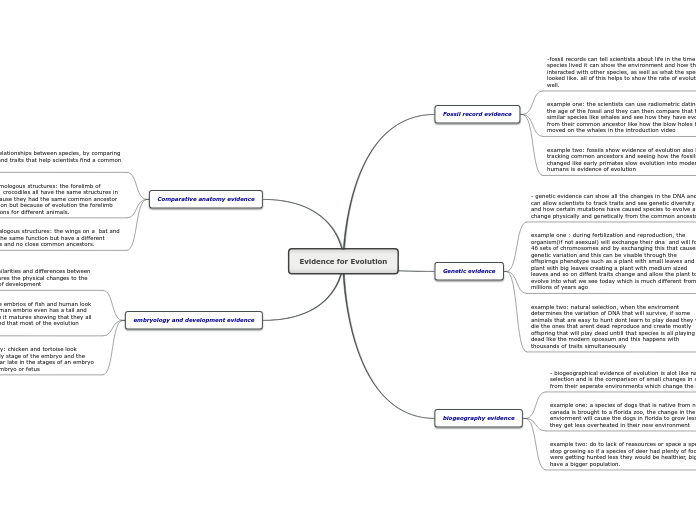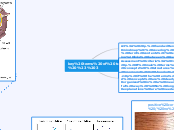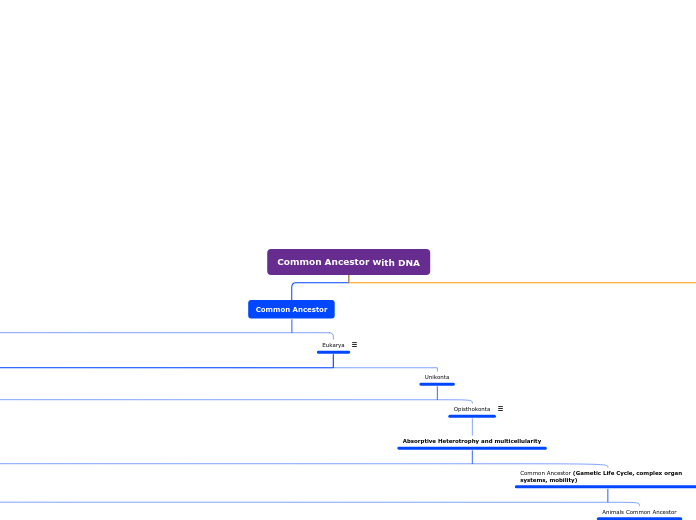av Queen Foxie för 1 år sedan
165
The Death Investigation Process
The interdisciplinary field of forensic entomology plays a crucial role in death investigations, particularly in understanding the timeline of postmortem events. By examining the life cycles of insects, such as blowflies, forensic experts can gain insights into the time of death and other critical aspects.









